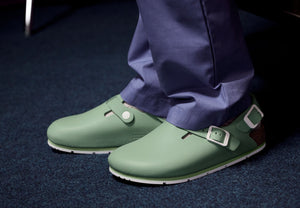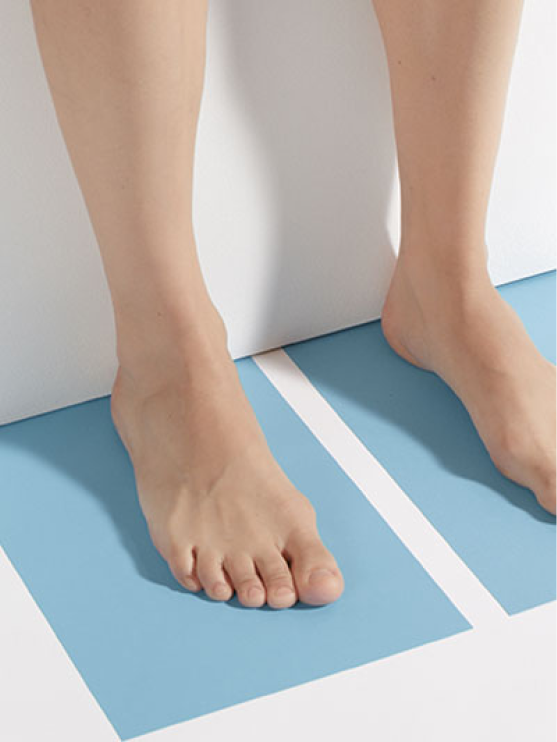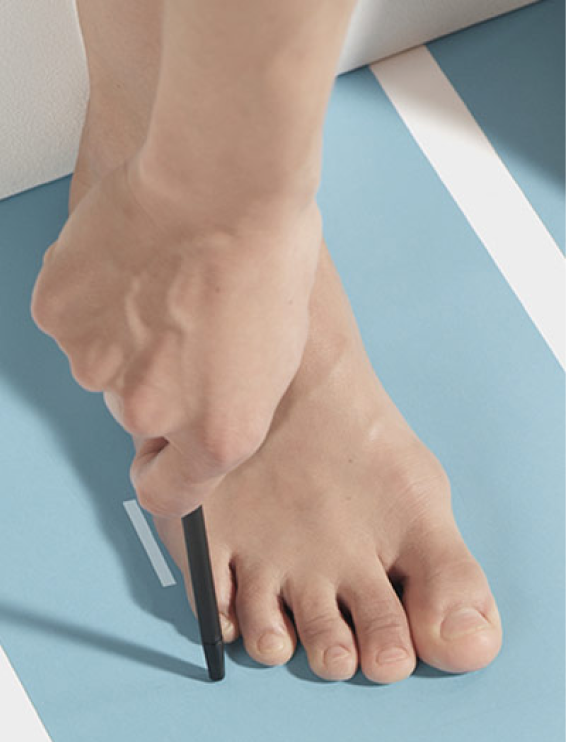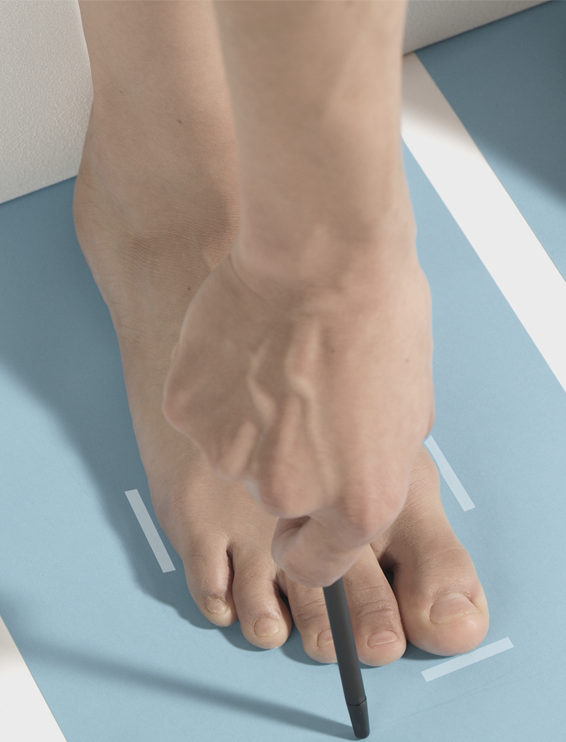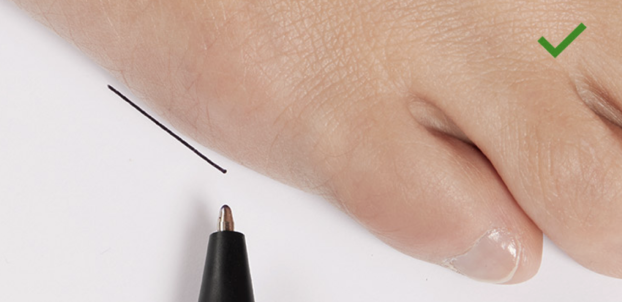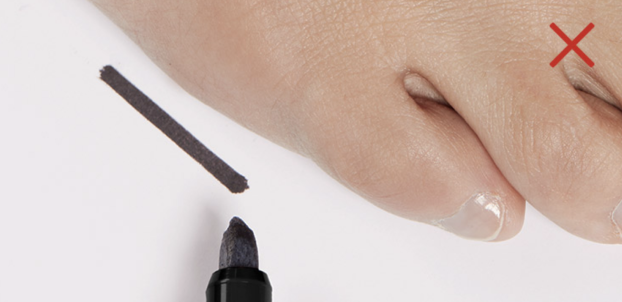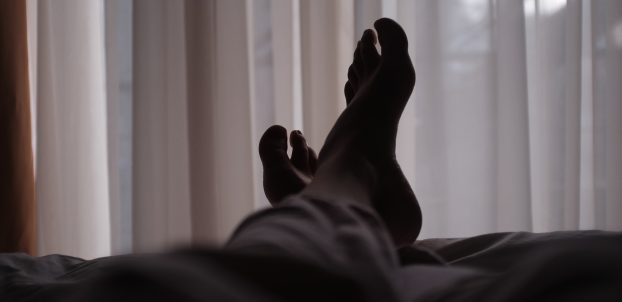1963 MADRID
The mother of all footbed sandals
In 1963, Birkenstock released their first style, the Madrid. Inspired by the unembellished, functional aesthetic of brutalist architecture; the Madrid drew on design language which was unconventional at the time. The aesthetic of this unisex and minimalist sandal continues to serve as the basis for the unmistakable Birkenstock style to this day.
MADRID AT 60
To celebrate the 60th anniversary of the launch of the first BIRKENSTOCK shoe, we tell the story of the passionate pursuit of foot health. The launch of Madrid was a revolution that continues to unfold.

A PASSION
For the Birkenstock family, foot health is a passion based on a dearly held belief: health and wellbeing should be grounded in a shoe that gives freedom and support for the foot. In 1963, the year of its launch and in fact before the word ‘wellbeing’ had ever been uttered, ‘Madrid’ was created to be just that. Their mission had ranged across a family tradition reaching back all the way to 1774.

THE FOOTBED
In seeking a healthier solution, in the early years of the 20th century Konrad Birkenstock invented the footbed — its arched silhouette, curves and contours inspired by the function of the foot itself.
The footbed was a way ahead of its time — a functional foundation for a shoe that for the first time could bring the human foot as close as possible to its natural state.
THE FIRST BIRKENSTOCK
Carl Birkenstock had a vision in the early part of the 20th century: one of a perfectly functioning design for footwear – one that was healthy yet stylish, and in which the footbed he had created was fully integrated. The work was completed by Carl's son Karl, who launched Madrid in 1963.

ICONIC
Madrid was at first referred to as simply the ‘Birkenstock Sandal’. This gender-neutral product was wide open and simple. It came with a single adjustable leather strap at its centre, and it purposely defied all fashion trends.

